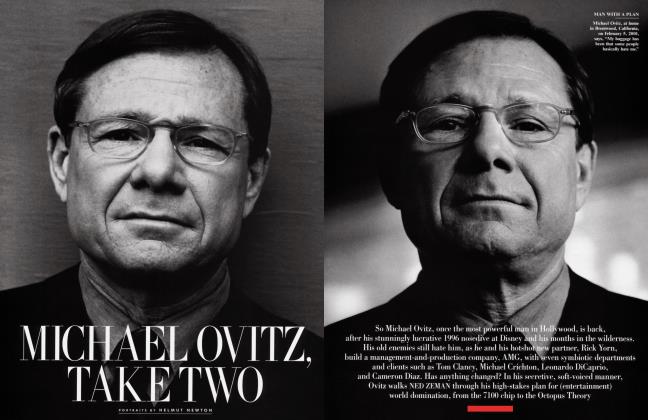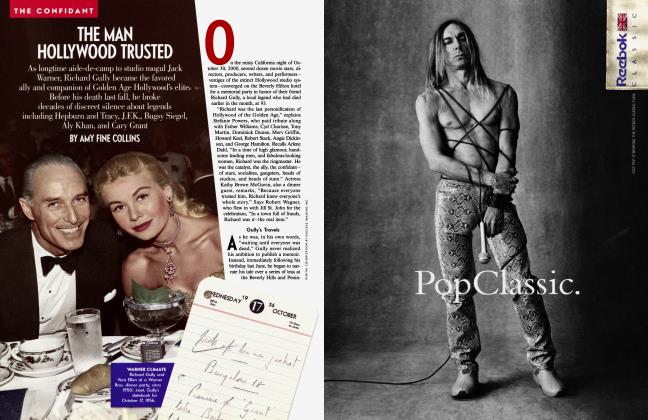Sign In to Your Account
Subscribers have complete access to the archive.
Sign In Not a Subscriber?Join NowOLIVER BOBERG'S GRAND DESIGNS ON MINIATURE LANDSCAPES
April 2001 A.M. HomesOLIVER BOBERG'S GRAND DESIGNS ON MINIATURE LANDSCAPES
April 2001 A.M. HomesOliver Boberg is standing outside, somewhere in Germany, somewhere between Furth, where he lives, and Coburg, where he works as a schoolteacher. We are talking on cell phones; if he moves two feet in either direction, he disappears. At 35, Boberg is turning photography on its head. His carefully constructed images of urban industrial areas, underpasses, banal buildings, and gray skies echo the formal and dispassionate documentation of previous generations—Bernd and Hilla Becher in particular— and yet in Boberg's world nothing is real; everything is a meticulously well-crafted model. Trained as a painter at Nuremberg's Academy of Fine Arts, Boberg straddles the line between fiction and nonfiction. "I try to build set decorations for a film which is inside the people," says Boberg. It is the familiar, ethereal, lingering sensation of place that captures the artist's imagination. It is also about Germany, identity and memory, fixity and mutability. This spring an exhibition of Boberg's work opens at New York's Paul Morris Gallery. His latest images are of clouds, made using cotton arranged on sheets of Plexiglas and photographed from below. "There's a direct comment on the death of grand dreams in Germany, and there's also a strong interest in the_ beauty of banality, the ability to create your own world, a world where you control everything, and instead of making it into an ideal, you make it into something that is commonplace," says San Francisco MoMA curator Aaron Betsky. "He's making us aware of the artificiality of the world we've made for ourselves." "Where does my memory come from?" Boberg asks. "Where do I know these things from?"
A. M. H.
 View Full Issue
View Full Issue






Subscribers have complete access to the archive.
Sign In Not a Subscriber?Join Now